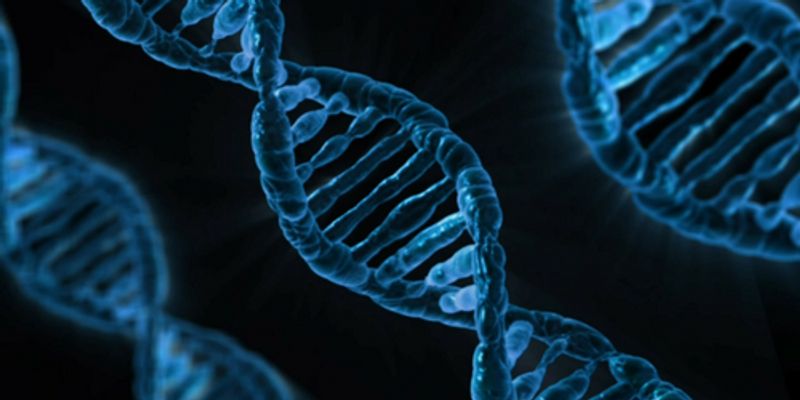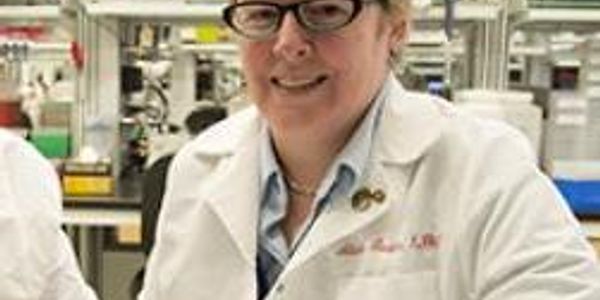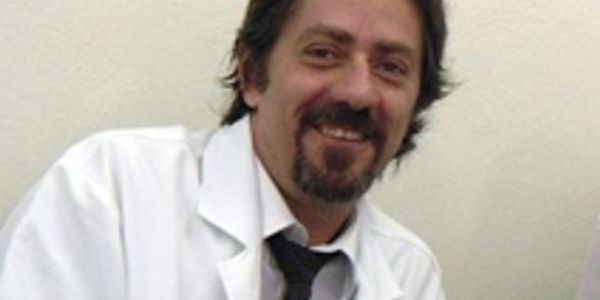AUG 20, 2014 | 11:45 AM
The unanimous Supreme Court ruling of 2013 regarding gene patents made competition for BRCA1 and BRCA2 testing a reality. Within hours of the decision multiple labs began offering more compre...
AUG 20, 2014 | 10:45 AM
A recent publication in Nature Genetics1 analyzed TCGA data, and classified solid tumors into two mutually exclusive classes: C class tumors, driven by copy number alterations; and M class tu...
AUG 20, 2014 | 8:45 AM
The flexibility of the BioMark Real-Time PCR System, allow us to preform genetic research using different types of nano-fluidic (48.48 or 96.96) chips setup, in the thermal cycle of these chi...
AUG 20, 2014 | 8:30 AM
Next-generation sequencing (NGS) has revolutionized extraction of genomic information, facilitating rapid advances in the fields of clinical research and molecular diagnostics. However, c...
AUG 20, 2014 | 8:00 AM
One of the hallmarks of human cancers is genetic instability. My colleagues and I recently identified a remarkable association between human papillomavirus (HPV) and genomic structural variat...
The human genome encodes ~21,500 proteins that are subject to reversible phosphorylation at nearly 1 million phosphosites by about 538 protein kinases and 156 protein phosphatases. Amongst ot...
APR 17, 2014 | 11:00 AM
Formalin Fixation and Paraffin Embedding (FFPE) of tissue samples is a routine practice by pathologists; the technique enables high quality preservation of structural information. However, ...
MAR 20, 2014 | 1:00 PM
Using high throughput next-generation sequencing to simultaneously search large number of genes for pathogenic mutations has numerous advantages. It decreases the pressure to narrow the dif...
MAR 20, 2014 | 12:00 PM
Alzheimers disease (AD) is a common neurodegenerative disorder characterized clinically by progress decline in memory and thinking and pathologically by the presence of senile plaques and neu...
MAR 20, 2014 | 7:00 AM
Huntington's disease (HD) is a progressive, inherited, degenerative brain disorder that produces physical, mental and emotional changes. Named for George Huntington, the physician who fi...
FEB 19, 2014 | 10:00 AM
Making precision cancer care a future reality requires novel approachesto finding treatment targets in cancers. Single-gene assays currently performed in clinical research laboratories are in...
The popularity reached by the genetic manipulation of laboratory animals to create new models for studying human diseases, produced in turn, that the techniques for assisted reproduction cons...
























